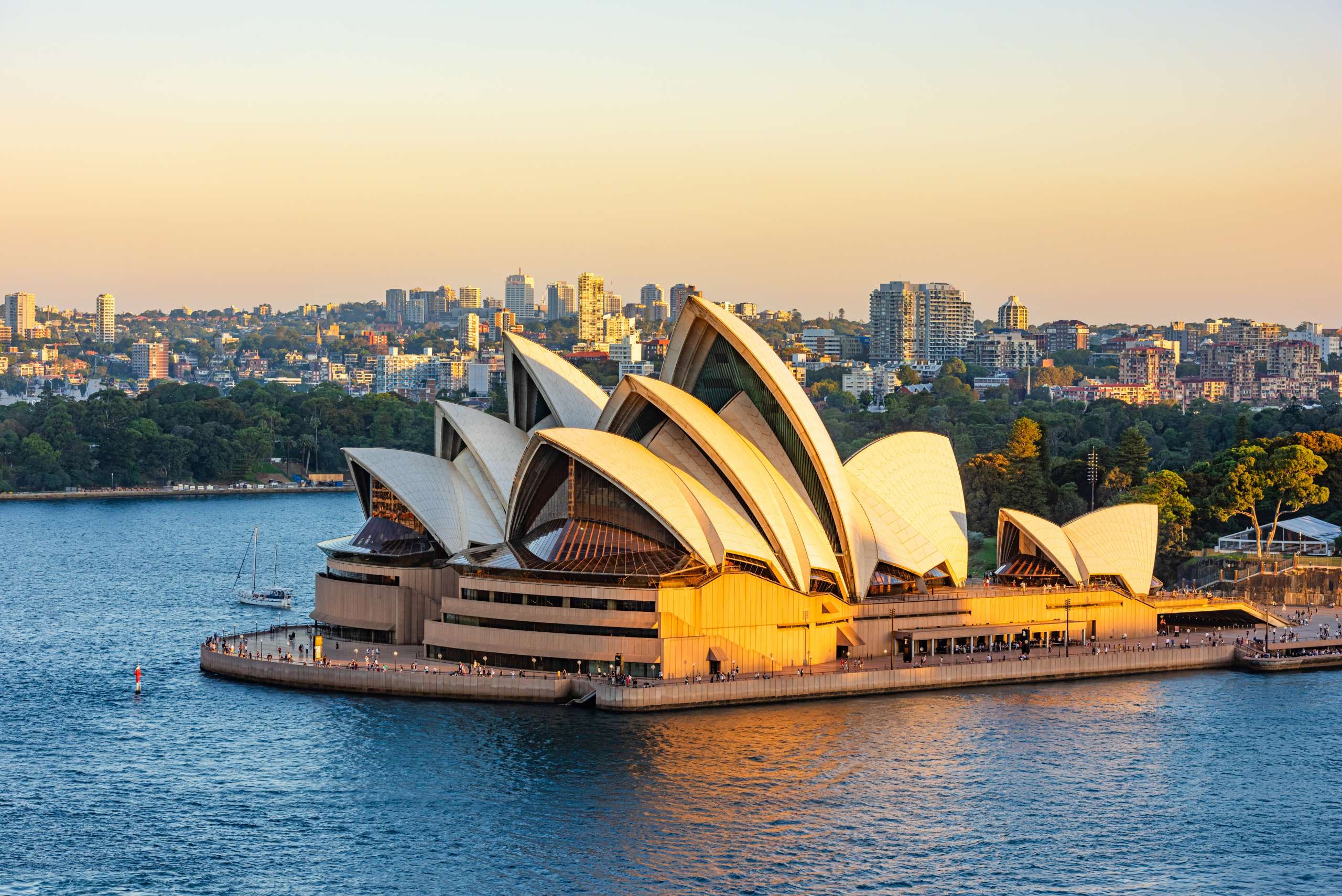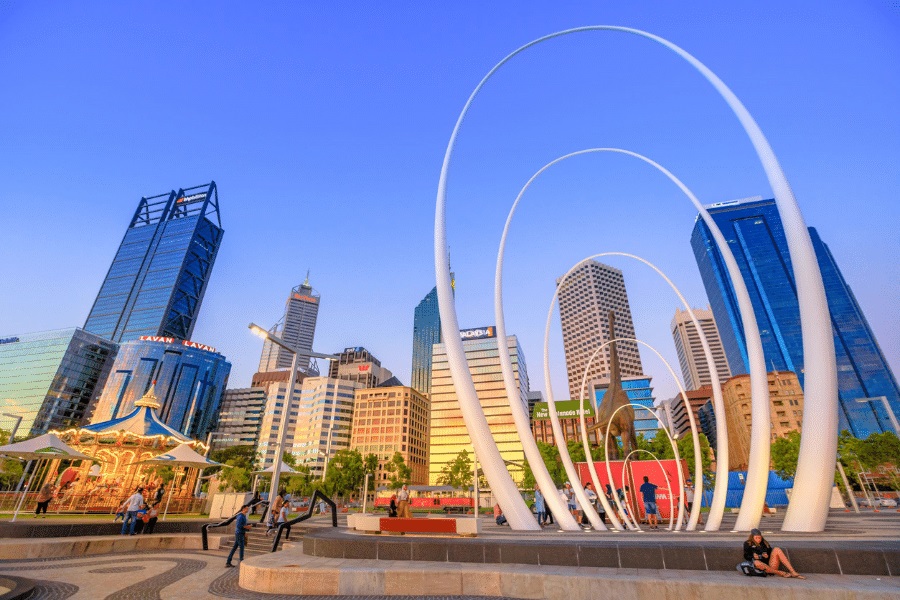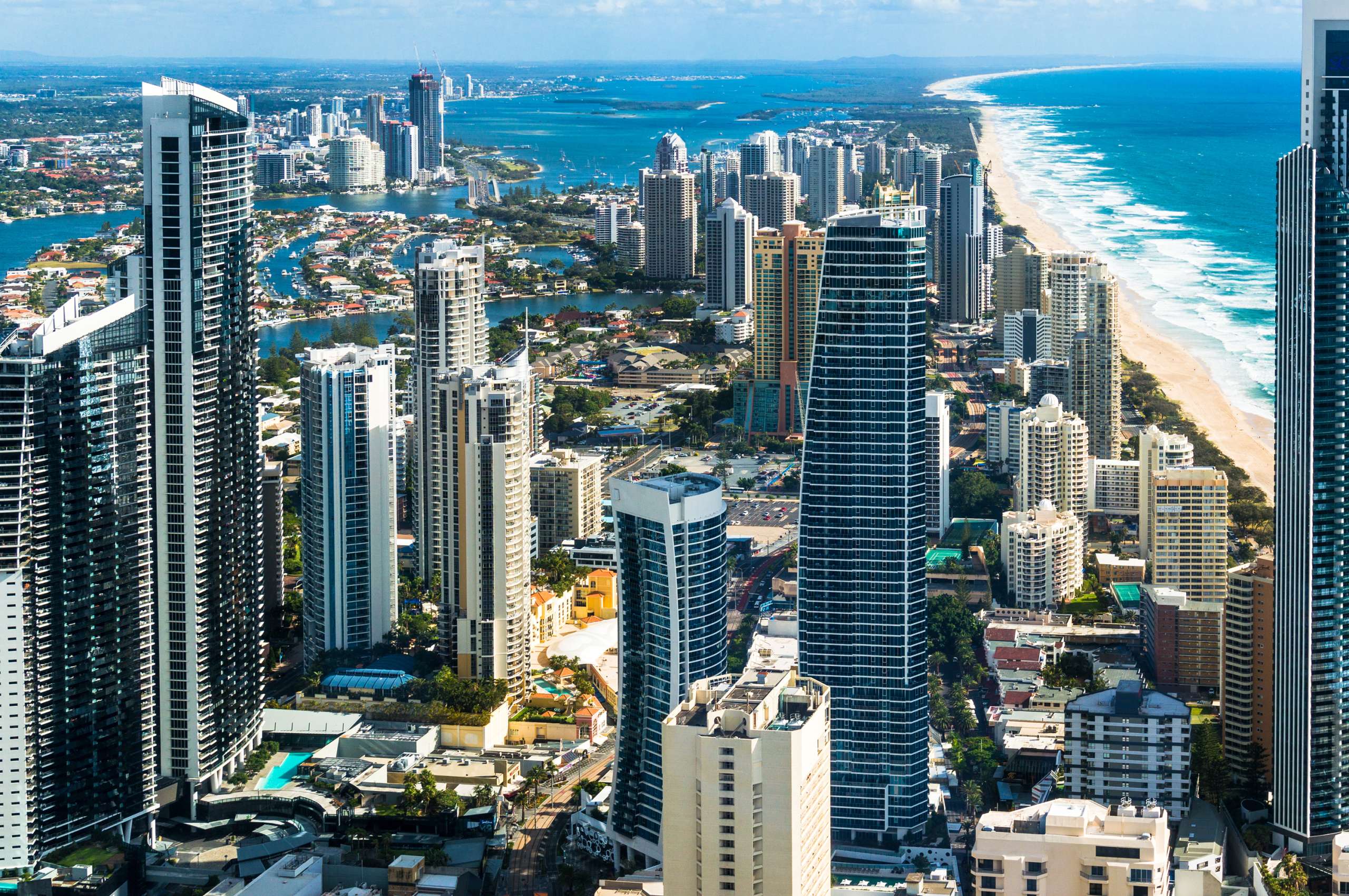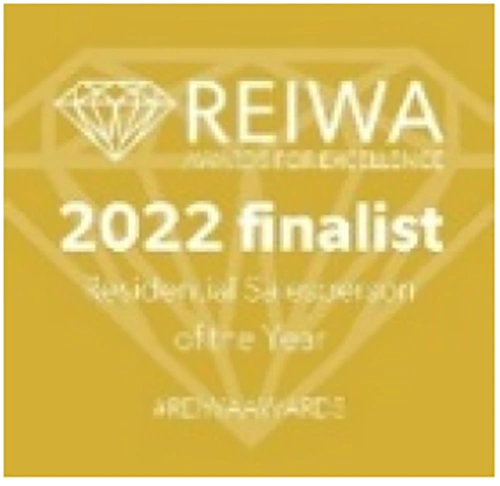Your Trusted
Real Estate Partner in
Australia
IQI Australia provides comprehensive real estate services and makes your real estate process easy with our professional team
Discover
Your one-stop property solution
Free Consultation with an Agent
Find my dream home through an agent
Sell or Rent property
Have an agent list my property
Manage My Deal
Follow up on my buying process
Mortgage Calculator
I want to calculate my budget
Register as a Real Estate Negotiator
I want to become a real estate negotiator in IQI
Australia Market Insight
Get a clear overview of Australia’s property market. Learn about top cities, buying rules for foreigners, financing, taxes and rental yields to plan your next investment.
Latest Listings
Our story
Award-winning PropTech Agency

IQI goes beyond conventional boundaries.
With offices in 30+ countries and 60,000+ real estate negotiators and growing, we have a unique perspective into international best practices in real estate, allowing our team to become global real estate entrepreneurs through cross border property investment and transactions.
Countries
Agents
Projects
All-in-one
Connecting you globally
Invest with us
Invest on a platform with over 6 million global properties from more than 111 countries to empower yourself as a citizen of the world.
Advertise with us
Maximise advertising efficiency and lead conversion through our buyers using data.
Testimonials
Hear from our happy buyers
Learn
Tips and Guides
 Strong Momentum Returns to Australia’s Housing Market
Strong Momentum Returns to Australia’s Housing Market
Written by Lily Chong, Head of IQI AustraliaAustralia’s housing markets are gathering strong momentum as we head deeper into spring, with September delivering the sharpest monthly rise in national dwelling values since October 2023. The Cotality Home Value Index (HVI) lifted 0.8% over the month, driven by a solid 0.9% gain across the capital cities. On a quarterly basis, national dwelling values rose 2.2% in the September quarter—up from 1.5% in June and more than double the 1.1% growth in March. In dollar terms, this equates to an $18,215 increase in the median dwelling value over just three months. Growth remains broad-based, with every capital city and regional market recording gains over the month, quarter, and year. However, the pace of growth is again showing clear divergence: Perth (+4.0%) and Brisbane (+3.5%) led the capitals through the September quarter, supported by strong unit market demand. Darwin (+5.9%) surged ahead, marking the fastest quarterly growth rate of all capitals. Most cities are still seeing stronger gains in house values, though Brisbane, Perth and Hobart stand out with unit prices outpacing houses due to ongoing supply shortages. According to Cotality’s Research Director, Tim Lawless, supply constraints are driving much of this momentum: Darwin listings are 53% below average Perth listings are 45% below average Brisbane listings are 31% below average At the same time, quarterly sales activity is running above average, highlighting the mismatch between supply and demand. Across value segments, the lower and middle tiers are now leading the upswing. September quarter growth was strongest in the middle of the market (+2.7%), followed by the lower quartile (+2.6%), while the upper quartile rose 1.8%. This shift suggests that improved borrowing capacity is supporting buyers at slightly higher price points. Advertised stock levels remain tight, with capital city listings sitting 18% below the five-year average at the end of September. Meanwhile, sales activity was 7.3% above average, adding further fuel to the market. Selling conditions have strengthened noticeably, with auction clearance rates holding around 70% since mid-August—well above the average levels seen earlier in the year (63% in June and 62% in March). Source: Cotality Discover more country insights here!Download
Continue Reading
 Perth, Brisbane Lead Housing Boom as National Home Value Index Rises 4.1% Annually
Perth, Brisbane Lead Housing Boom as National Home Value Index Rises 4.1% Annually
written by Lily Chong, Head of IQI AustraliaCotality’s national Home Value Index (HVI) rose 0.7% in August, marking the strongest monthly gain since May last year and lifting annual growth to 4.1%.The upswing has been building since the February rate cut, driven by improved borrowing capacity, rising buyer confidence, real wage growth, and limited advertised stock.“There’s a clear mismatch between supply and demand, which continues to push housing values higher,” said Tim Lawless, Cotality Australia’s research director.Key HighlightsStrong vendor position: Auction clearance rates hit 70% in late August, the highest since February last year.Tight supply: Advertised stock levels remain about 20% below average, giving sellers an advantage despite a slight seasonal increase in new spring listings.Sustainable growth expected: While prices are rising, affordability constraints, cautious lending, and slower population growth are likely to keep growth more measured compared to the rapid surges seen during the pandemic.Perth Market PerformancePerth continues to be one of the strongest-performing capital cities, with housing values rising 1.1% in August, outpacing the national average. Alongside Brisbane (+1.2%) and Adelaide (+0.9%), Perth remains a frontrunner in monthly gains.Low advertised stock, strong buyer demand, and attractive affordability compared to other capitals are contributing to Perth’s sustained growth momentum.Perth Rental MarketPerth’s median dwelling rent stayed stable at $680 per week in August, 4.6% higher than last year.Houses: Up 2.2% over the month to $700 per week (7.7% YoY increase).Units: Stable at $650 per week, up 4.6% YoY.While rents remain elevated, experts note this is a seasonal trend as rental demand typically tightens towards the end of the year. However, there’s no broad surge in prices, with many landlords keeping new lease and renewal increases modest.Source by Cotality & ReiwaFor more countries updateDownload Now!
Continue Reading
 Australia Extends Property Winning Streak with 6 Months of Growth
Australia Extends Property Winning Streak with 6 Months of Growth
Australia’s housing market continued its winning streak in July, recording a 0.6 per cent rise in national values and extending six straight months of growth. The upswing is being fuelled by low supply, improved buyer sentiment, and easing interest rates, although affordability remains a challenge.Darwin led the charge with a 2.2 per cent increase, while Perth saw its strongest gain since 2023 at 0.9 per cent. All capital cities recorded growth, with houses outperforming units and pushing the price gap to a record $223,000. Over the quarter, dwelling values climbed 1.8 per cent, the highest in more than a year.With listings nearly 20 per cent below average and auction clearance rates staying strong, tight supply continues to favour sellers. As demand holds firm, those who act strategically can still achieve premium results in a competitive market.Explore the full analysis and market updates from other countries here!Download
Continue Reading
 Australia’s Housing Market Climbs for Fifth Straight Month as Rate Cuts Fuel Optimism
Australia’s Housing Market Climbs for Fifth Straight Month as Rate Cuts Fuel Optimism
Australia’s housing market extended its upward momentum in June, with national home values rising 0.6%, continuing a five-month streak of growth. This recovery follows a brief dip earlier in the year and is being driven by widespread regional gains—Hobart was the only capital city to record a minor decline. Quarterly, home values rose 1.4%, an acceleration from the 0.9% increase in Q1, signaling strengthening market sentiment. Falling interest rates since February, coupled with expectations for further cuts, have bolstered buyer confidence and lifted auction clearance rates. However, growth remains moderate compared to the pandemic-era boom. Supply constraints are reinforcing price resilience, with for-sale listings down 6% year-over-year and 17% below the five-year average. Capital cities have recently started to outperform regional markets on a monthly basis, although regions still lead on a quarterly scale. Darwin emerged as the top performer among capitals with a 4.9% quarterly rise, reaching new record highs, while Perth and Brisbane continued their strong runs. National home values are up 3.4% over the financial year, and if current trends hold, annual growth could reach 5.8%—just above the decade average. Still, affordability remains a limiting factor for how far prices can rise. Download the full newsletter for expert analysis and market updates from other countries.Download
Continue Reading

 IQI Global
IQI Global
Call Toll-Free:
1800 222 155IQI Western Australia
Juwai.com, Juwai.asia, IQI, and Juwai IQI are trademarks of Juwai IQI group. All rights are reserved.
© IQI Global 2025
Your privacy matters!
We use cookies to improve your browsing experience, serve personalized content, and analyze our traffic. By clicking Accept all Cookies, you agree to the storing of cookies on your device. For more details, see our Cookie Policy.
Got questions? 😊 I'm JIQI, happy to help!



















































